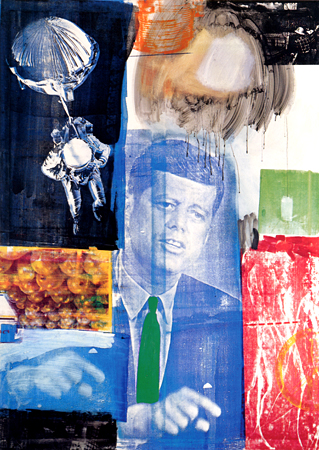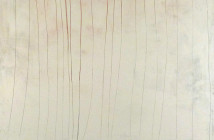October 09, 2012
Chances are you or a loved one went to an art school for undergrad. If you did, it's also probable that you went through a foundations course your first year. This "painters should learn how to sculpt and photographers should learn how to draw" mentality has been handed down to us from the Bauhaus.
In this month's journal, Aaron Willette and Rob Trumbour, a pair of trained architects, explore how the history of installations from the 60's and 70's can help architecture grow as a field. The history of installation and performance is rife with examples that show that interdisciplinary art is beneficial. Did you know that Robert Rauschenberg created dances and that he always said it helped him create his work in new ways?
John Cage's Theater Piece #1, produced in 1952 at the Black Mountain College was created at the same time that Rauschenberg's white paintings were created. They hung some of those canvases as part of the backdrop for the Theater Piece, even going as far as using as projecting 8mm films on them.
Standing on that stage, repeatedly blending old Edith Pilaf records (played off of a horn record player) into the chaotic yet purposeful event changed his world view of what art could be. If you can imagine all of the things happening in Cage's piece at the same time, you can see that same kind of layering and unexpected contrast in Rauschenberg's paintings.
Trumbour and Williette explore the work of Richard Serra, Walter Pichler, Gordon Matta-Clark, and others on the way to showing the overlap between Fine Art installation and Architectural installation. Their relationship to space and construction is more obvious than Rauscheberg's link, but just think what architects could do if they took on the challenge of seeing their work in the light of Cage, Rauschenberg, or any of the precursors to installation art.




